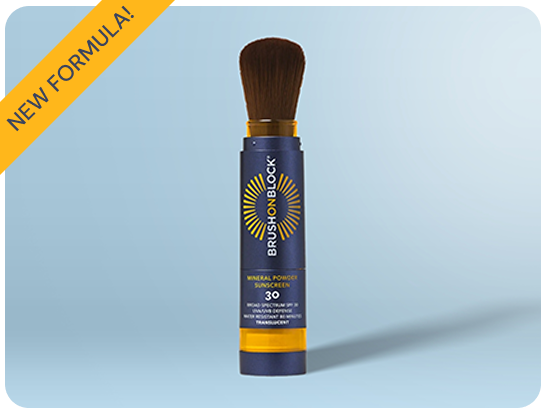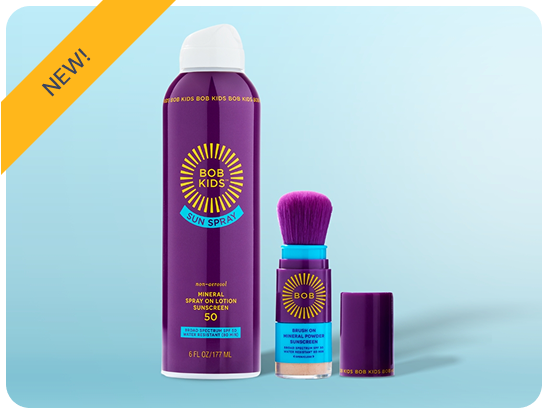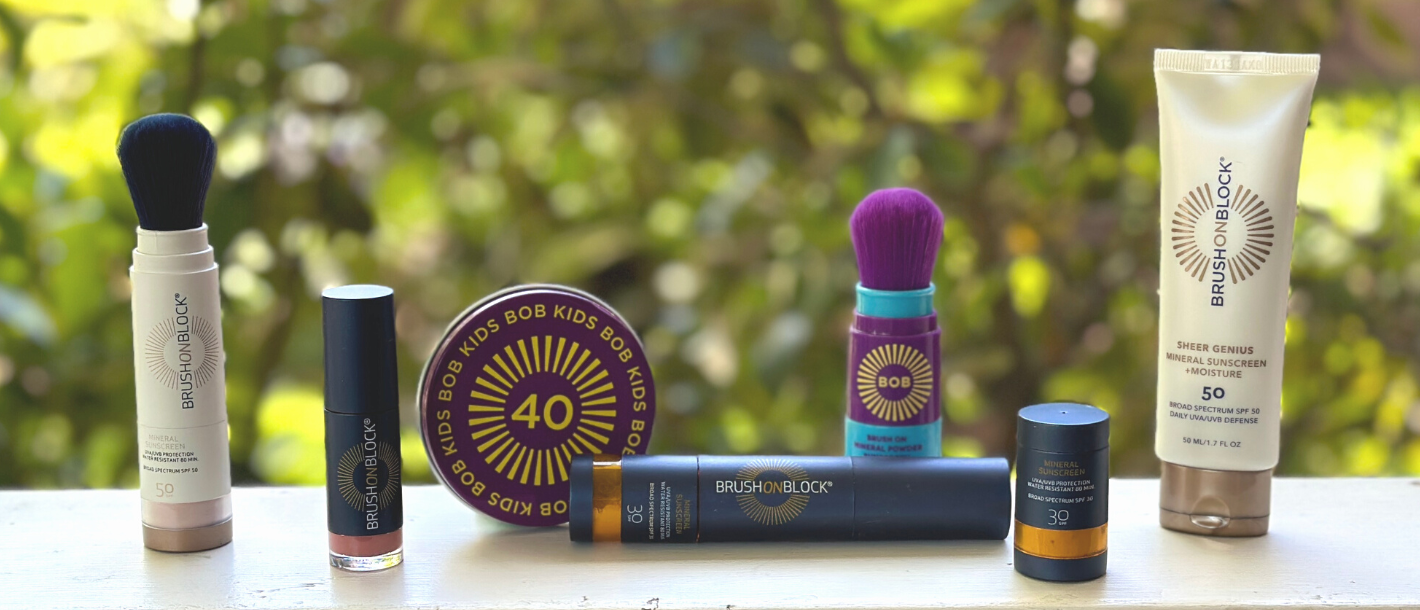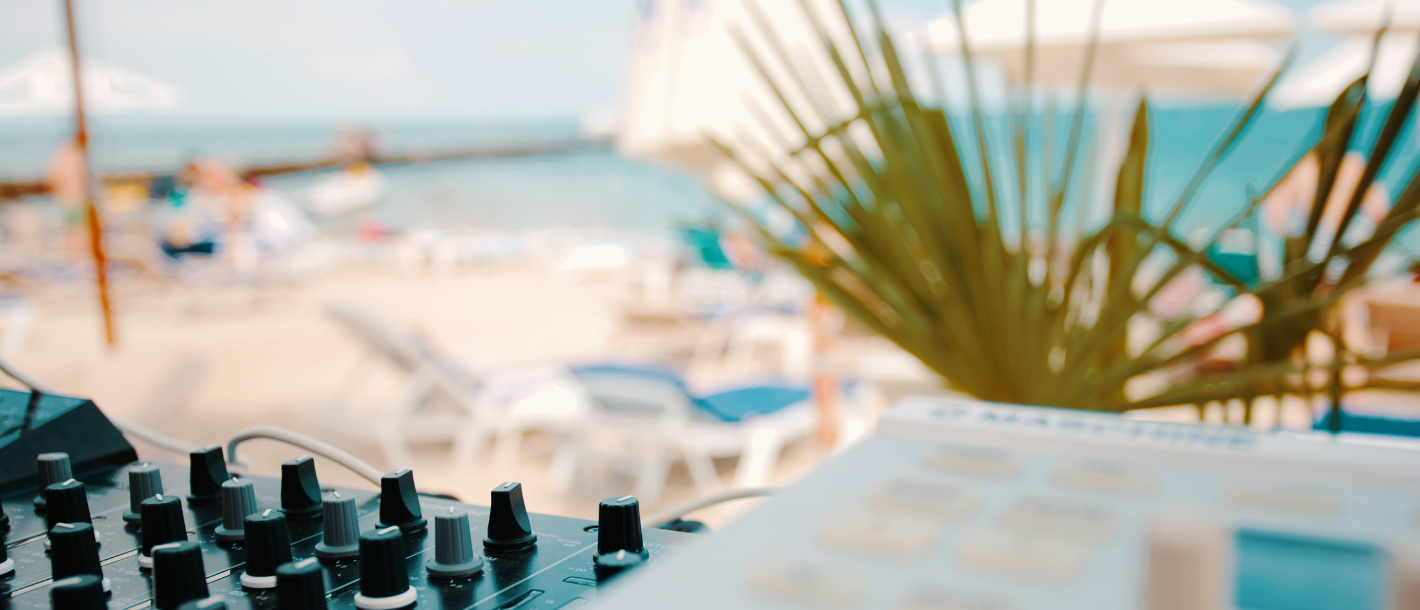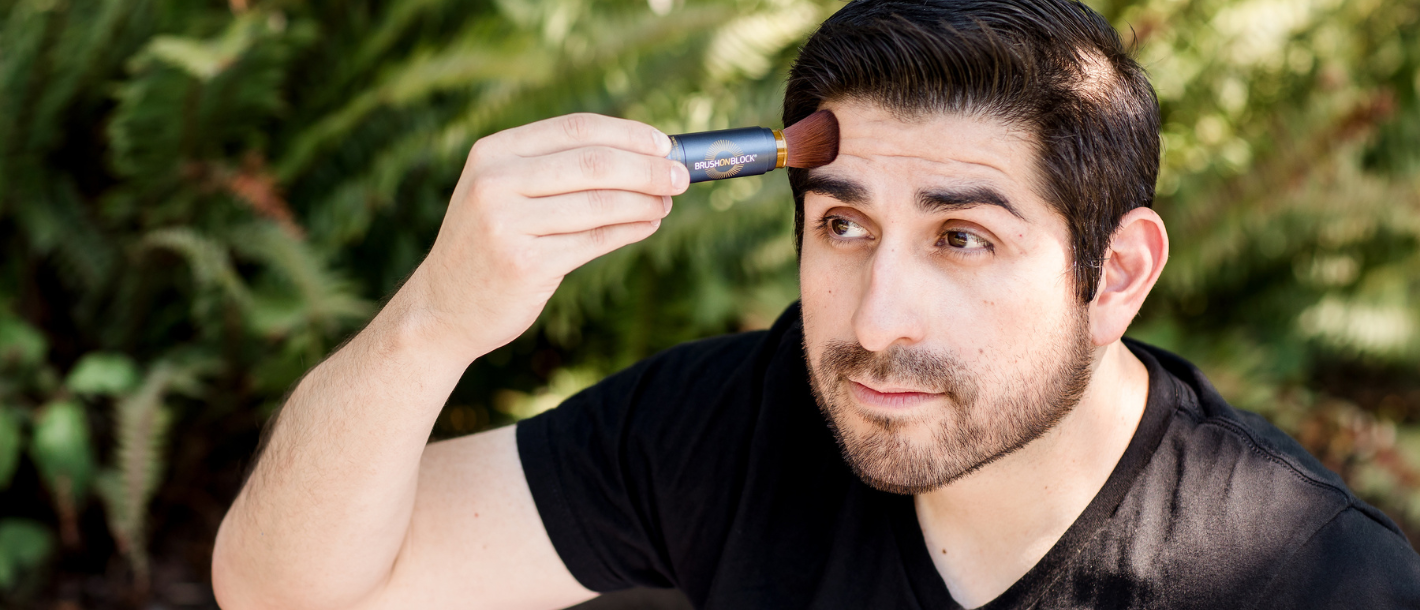When you work for a sunscreen company, you tend to live and breathe sunscreen, so it is always shocking to us when someone says, "I just use whatever’s handy…what’s the difference?" There are so many differences between products!
The Difference Between “Chemical” and “Mineral”
These terms refer to the sunscreen’s “active” ingredients, the ones that actually protect you from the sun. There are two categories of sunscreen actives. Chemical sunscreen actives (Oxybenzone, Avobenzone, Octinoxate) work differently than their mineral counterparts. They absorb into the skin and then in turn absorb the UV rays, converting the light to heat through a chemical reaction.
The benefits to chemical sunscreen actives is that they can be invisible, or nearly so, so they do not alter the skin tone at all.
The drawbacks are that not enough studies have been done of the long-term safety of these chemicals, and the FDA has asked for more information before calling any of them GRASE (generally recognized as safe and healthy). Some of the chemicals appear to disrupt hormones, although more studies are needed. Several of the chemical actives are also thought to harm coral reefs. Oxybenzone is the key ingredient thought to be harmful, although more and more chemical actives are being banned by reef areas. Many reef areas only allow the use of mineral sunscreen actives.
Mineral sunscreen actives are only titanium dioxide and zinc oxide. The FDA has opposed making these two (and only these two) ingredients GRASE in their next update. Mineral actives have been used for decades in sunscreen, and they work by sitting on the surface of the skin (not absorbing) where they scatter, reflect and absorb UV rays.
The benefits of mineral sunscreen actives is that they are more gentle, and less likely to cause skin issues due to sensitivity; they are reef-friendly and because it sits on the surface of the skin, many mineral sunscreens are non-comedogenic.
The drawback of mineral sunscreen is that the mineral actives are white, and so a mineral sunscreen can sometimes leave a white cast on the skin, however new advances in ingredients have resulted in more sheer formulas that allow mineral actives to work for people of color as well as those with fair skin.
The Difference in SPF Values - 30? 50? 100?
If you can purchase an SPF 50 sunscreen, then the SPF 100 next to it must be twice as good, right? And an SPF 30 must be only 30% as good as SPF 100! Unfortunately not--the SPF number has nothing to do with a percentage of rays blocked. In fact, a sunscreen with only an SPF 15 blocks about 93% of UVB rays. SPF 30, which dermatologists recommend for daily use, blocks 96.7%. The increase in protection goes down with each incremental jump, SPF 50 blocks 98%, and SPF 100 blocks 99%. No SPF blocks 100% of UVB rays.
Did you catch that those numbers refer to UVB? It's a fact that the SPF value only reflects how a product protects you from UVB (burning) rays. In the US, your only assurance of UVA (aging rays) protection is the words "Broad Spectrum" on the package. That's too bad, because both UVA and UVB rays can increase your risk of skin cancer, so only but sunscreen that offers you Broad Spectrum protection.
The Difference between Waterproof and Water Resistant
This one is pretty easy, no sunscreen is waterproof. The FDA does not allow sunscreens to claim to be waterproof, so if you see one that says it is, it is best to avoid it, they are not being honest.
What you can do if you are going to be in water or sweating though, is to purchase a water resistant sunscreen. There are two levels of water resistance that the FDA has provided testing protocols for...one is water resistant for 40 minutes and the other for 80 minutes. If you see those on the label, you know the product has been tested to provide protection for that long in water (or sweat), but if you towel dry, you should immediately reapply. If there is no water resistant statement on the front of your sunscreen package, it either has no water resistance, or has not been tested for water resistance, so you should assume it has none.
The Difference Between Brush On Block and Other Brands
Brush On Block founder and CEO Andrea Wetsel was compelled to start our brand when one of her young daughters developed an allergy to a chemical sunscreen ingredient. She learned that mineral actives would be better for the skin of young children, and the importance of everyone wearing sunscreen every day. So armed with this important knowledge, she set about creating a product line that would make it easy for every person to wear sunscreen every day. As the line has expanded beyond our hero products of mineral powder sunscreens, we are truly becoming a brand that allows you to Sunscreen Your Way™.
Because Brush On Block was founded with the family in mind, safety is naturally important to us. Our friends and families all use the products, so we couldn't have it any other way. We also have strong feelings about animals, oceans and environment, so being Reef Friendly, Cruelty Free and certified by PETA are all important to us. We make every effort to make our packaging reusable and/or recyclable. (Stay tuned for more news on that front!)
We try to reduce our carbon footprint whenever possible, and focus on making a product that you can be confident in using and that makes you feel good about your purchase.
